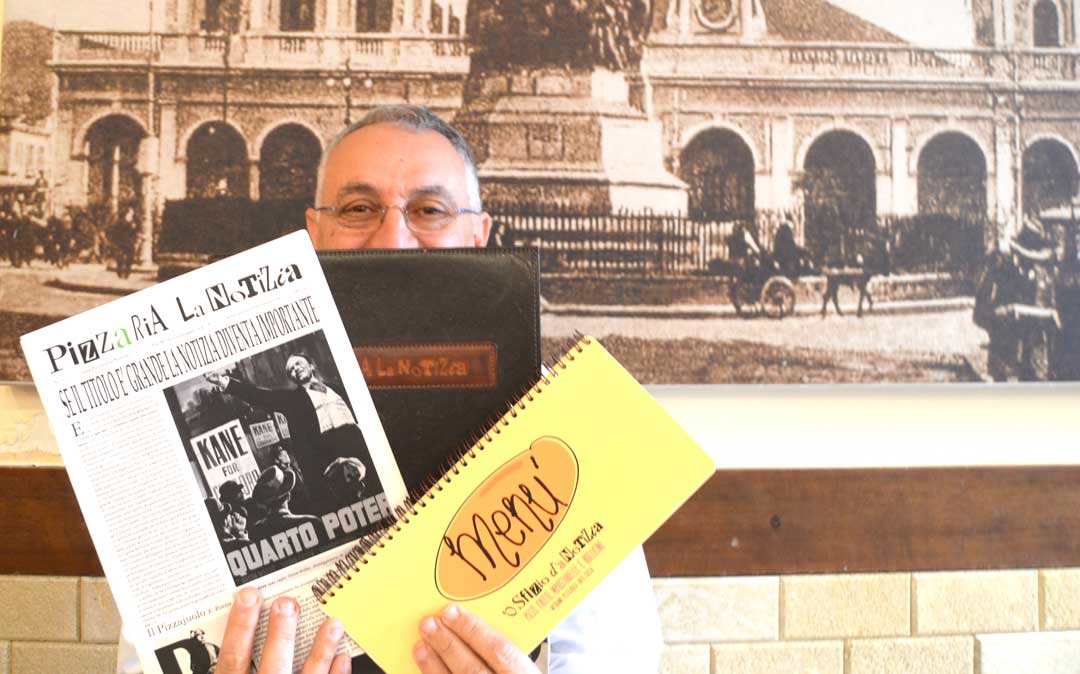by Enzo Coccia
It is early November and the winter is coming, unless weather complications arise! But anyway, winter is here.
The succession of the seasons has always been my obsession, combined with a great anxiety for drafting the new seasonal menu. A real teamwork: ideas that need to be developed, comparisons, tries and limitless tastes. The creation of a dish is done by finding a balance of flavors and textures, of constant verification but also deep uncertainty. When writing the new recipes to be offered to my customers, just as during the tasting, I listen to all my employees, regardless of their roles. Listen to everyone’s opinion, involving each one in this task, even the dishwasher, is, in fact, an absolute rule for me. Those who contribute to the preparation of a dish are always influenced by their training, their personal tastes, the flavors of their memories, and their selves that have helped me to make the finished product, while the new dish should be appreciated by a varied and diverse number of customers.
A total chaos, exactly as it happens in the fashion world: we talk about the winter menu already in June with huge difficulties in reasoning about and creating new dishes without the raw materials. As the great chef Alain Ducasse says: “I’ve got all new recipe ideas in my mind before I prepare them”.
But what are bullets to follow for the realization of a seasonal menu? Below a brief list:
1.we keep the dishes that people loved last year;
2.we keep the timeless dishes (evergreen);
3.we remove from the menu the unsuccessful dishes. This happens often and for many reasons. It happened that before unusual combinations, even if good, the customers’ mental approach was negative; or there was an exaggerated food cost, so the final price influenced the customer’s choice; or also the dish was excellent but there was a wrong positioning on the menu;
4.it’s necessary to avoid to be influenced by temporary trends on the ingredients and the raw materials;
5.search for genuine tastes and excellent raw material;
6.when judging the dishes that you want to offer, you shouldn’t give a quick and predictable feedback but try them again also after a certain period of time. Time is essential because it gives us the chance to think it over and improve them by adding or removing an ingredient;
7.during the sampling it is necessary to try a few dishes a day otherwise your mind and palate will get confused;
8. you need to be aware that not all the dishes will have a predetermined feedback;
9.take into account the food costs;
10.determine the price of the dishes.
At the end of all this work, after sampling, tasting and a complete exhaustion, you need to consult with the graphic designer and correct the drafts infinite times.
Now, if we multiply this work by three which is the number of my pizzerias, with three different identities, we finally get the decisive menus. As the French gastronomic critic Anthelme Brillat Savarin says in his Physiology of Taste, written in 1826, “I consider the discovery of a new dish, which excites our appetite and prolongs our pleasure, much more important than the discovery of a star: we can always see plenty of the latter”.




















